



Soc chip boot
Booting a SoC chip is a complex and sophisticated process, which is like turning on the engine of a complex machine, laying the foundation for the operation of the entire system. Understanding the SoC boot process is critical to understanding the mechanics of modern electronic devices.
The first step in SoC chip startup is a hardware reset. When the chip is powered on, the hardware reset circuitry is activated, a process that sets the hardware components, such as registers and counters, in the chip to their initial state. It is like a complete “zeroing” for the chip's startup, ensuring that all components are operating from a known, stable state. This phase is critical, and any reset anomalies may cause the chip to fail to boot properly or become unstable during operation.
After completing the hardware reset, the chip enters the boot load phase. The bootloader, also commonly referred to as the bootloader, is a piece of code that is solidified in a specific area inside the chip. Its main task is responsible for loading the operating system kernel or other higher-level boot programs from an external storage device (e.g., flash, hard disk, etc.) into the chip's memory. The bootloader is like a “porter” that will find exactly the boot files in the storage device and load them into memory in the correct order and location according to the preset boot configuration. During this process, the boot loader will also perform some basic hardware initialization work, such as setting up the memory controller, initializing the clock system, etc., to provide a stable hardware environment for the subsequent operation of the operating system.
After the boot loader finishes loading the operating system kernel, the control is transferred to the operating system kernel. The operating system kernel starts to further initialize system resources, including initializing device drivers, setting up memory management mechanisms, starting system processes and so on. The device driver is responsible for communicating with various hardware devices outside the chip, such as display, camera, network interface, etc., to ensure that these devices can work properly. The memory management mechanism is responsible for rationally allocating and managing the system memory to ensure that each process can obtain sufficient memory resources, while avoiding memory conflicts and leakage. The start of the system process marks the beginning of the system into normal operation, the user can interact with the device through various applications.
In the whole startup process, the clock system plays a key role. The clock signal is like the “heartbeat” of the chip, providing a uniform time reference for the various components within the chip. At the beginning of startup, the chip will first initialize the internal clock generator to produce stable clock signals. These clock signals are then distributed to the various functional modules to ensure that they work together at a predetermined pace. If the clock signals are abnormal, the communication and collaboration between the components within the chip may be disrupted, thus affecting the normal startup and operation of the chip.
In addition, power management should not be ignored in the SoC chip startup process. During the startup process, different stages of the chip have different power consumption requirements. The power management unit needs to dynamically adjust the power supply according to the operating state of the chip to ensure that the chip obtains enough power while avoiding excessive power consumption. For example, in the early stage of chip startup, some temporarily unneeded modules can be in a low-power state to save energy.
SoC chip startup is a complex process that involves multiple links and components working together. From hardware reset to boot loading to initialization of the operating system kernel, each step is closely connected, and problems in any one of them may cause the chip to fail to boot normally. With the continuous development of SoC chip technology, the boot process is also continuously optimized to improve the boot speed, stability and reliability, providing a solid guarantee for the efficient operation of modern electronic devices.

Please contact us if the source is mislabeled or violates your legal rights.
We will promptly correct and delete, thank you.


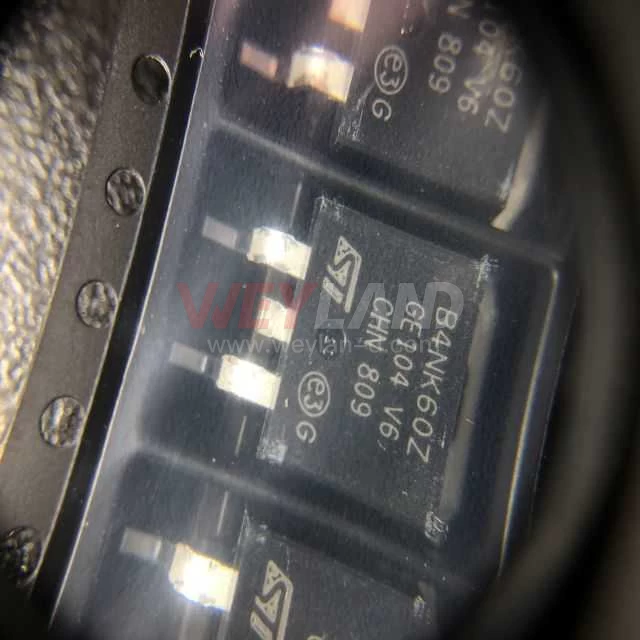
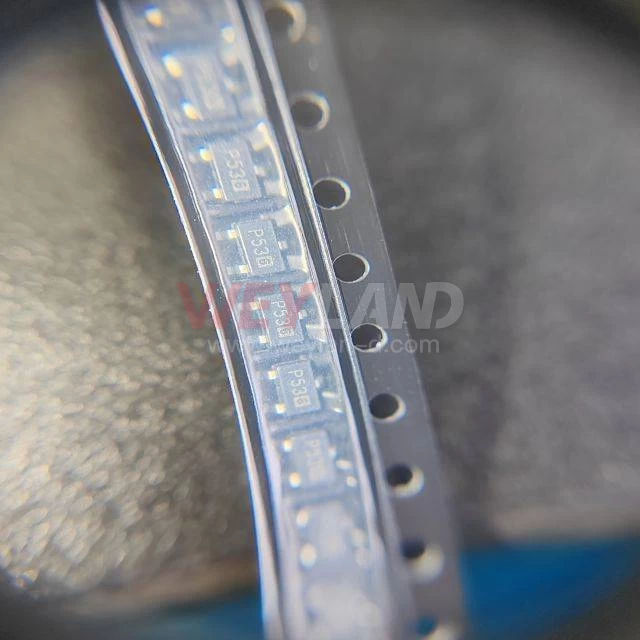
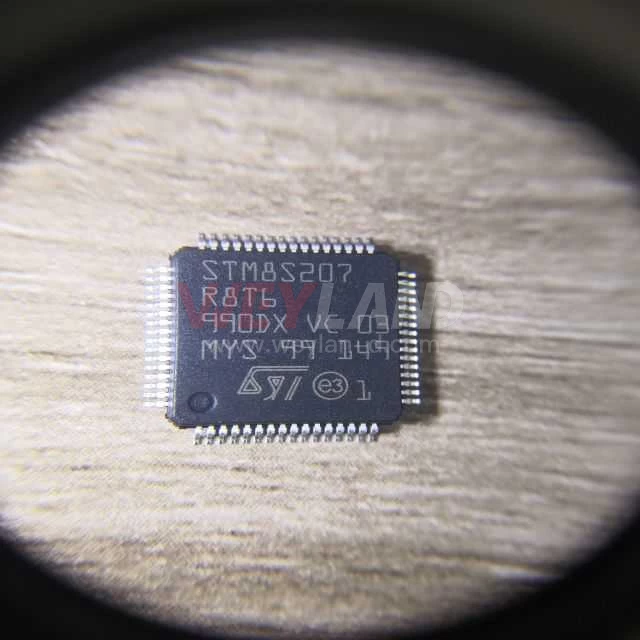
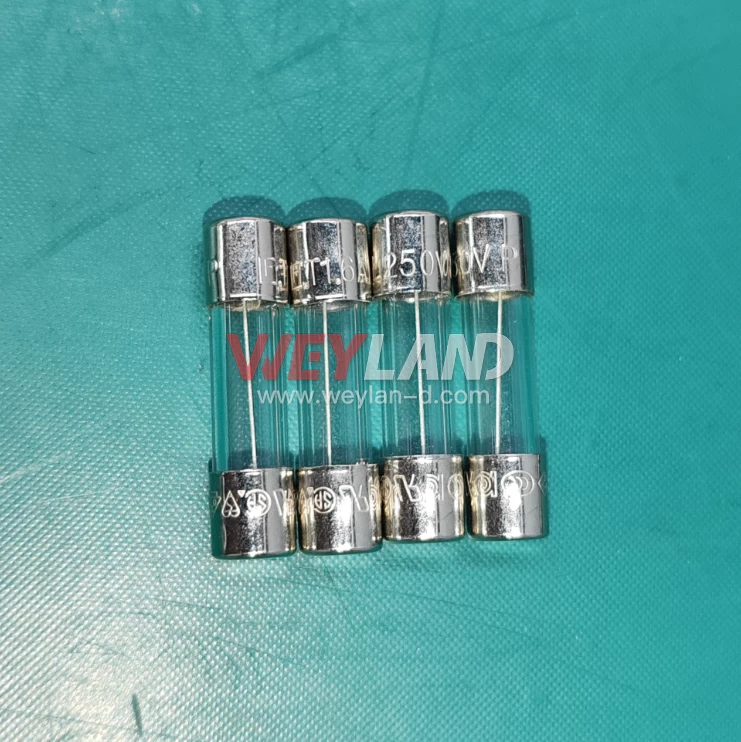
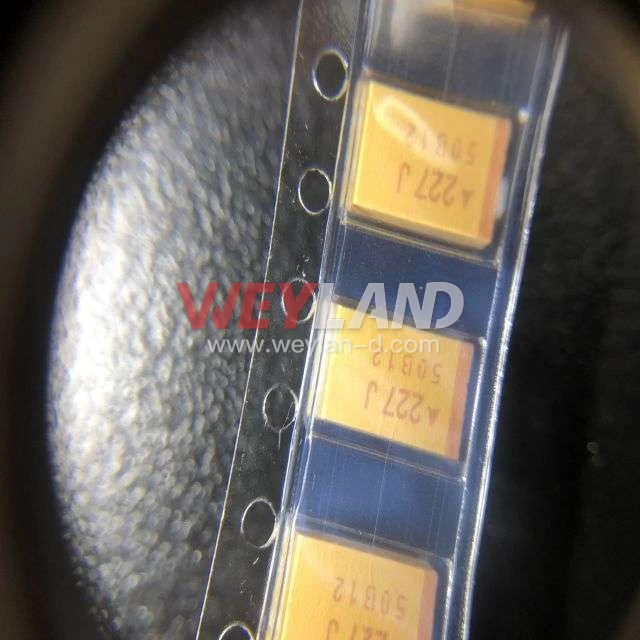



.9246509.png)












[email protected]
7500A BEACH ROAD #04-307 THE PLAZA SINGAPORE (199591)
RM 705.7/F.FA YUEN COMM BLDGNO.75-77.FA YUEN STREET.MONGKOK.KLN.HONG KONG
